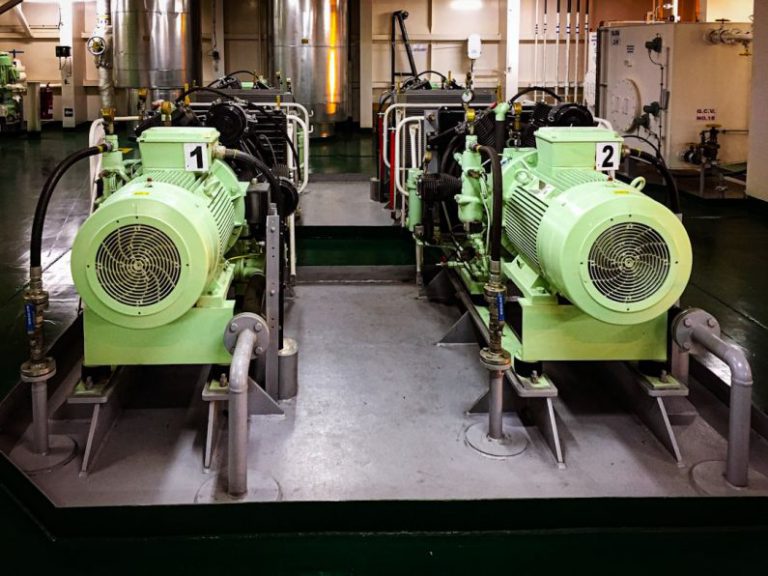Understanding Tire Pressure and Its Impact on Retreaded Tires
Maintaining the optimal tire pressure is a crucial aspect of ensuring the longevity and performance of retreaded tires. The correct tire pressure not only affects the overall safety of your vehicle but also impacts the tread wear and fuel efficiency. Understanding the relationship between tire pressure and retreaded tires is essential for drivers and fleet managers alike to maximize the benefits of retreading while minimizing the risks associated with improper tire maintenance.
The Importance of Proper Tire Pressure
Proper tire pressure is fundamental for safe driving and extending the lifespan of retreaded tires. Underinflated tires can lead to increased heat buildup, irregular wear patterns, reduced fuel efficiency, and a higher risk of blowouts. On the other hand, overinflated tires can result in a harsher ride, decreased traction, and premature wear on the tire’s center. By maintaining the recommended tire pressure, drivers can ensure a smooth and safe driving experience while optimizing the performance and durability of retreaded tires.
Impact of Tire Pressure on Retreaded Tires
When it comes to retreaded tires, the impact of tire pressure is even more significant. Proper inflation levels are critical for ensuring the integrity of the retreaded tire casing and the bonding between the new tread and the old tire. Incorrect tire pressure can lead to casing damage, tread separation, and reduced retread tire life. Additionally, variations in tire pressure can create uneven wear patterns on the tread, compromising the tire’s overall performance and safety.
Optimal Tire Pressure for Retreaded Tires
To maximize the benefits of retreaded tires, it is essential to adhere to the recommended tire pressure guidelines provided by the tire manufacturer. These guidelines take into account the specific characteristics of retreaded tires and aim to ensure proper load distribution, traction, and tread wear. By following the manufacturer’s recommendations, drivers can maintain the structural integrity of the retreaded tire and achieve optimal performance in various driving conditions.
Monitoring Tire Pressure
Regularly monitoring tire pressure is key to preventing issues associated with underinflated or overinflated tires. Drivers should check the tire pressure at least once a month and before long trips to ensure that the tires are properly inflated. Investing in a quality tire pressure gauge and keeping it in the vehicle can help drivers quickly assess and adjust the tire pressure as needed. Additionally, incorporating tire pressure checks into routine vehicle maintenance procedures can help fleet managers identify potential issues early and address them proactively.
The Role of Fleet Maintenance Programs
For fleet managers overseeing a large number of vehicles, implementing a comprehensive tire maintenance program is essential for maximizing the benefits of retreaded tires. Such programs should include regular tire inspections, pressure checks, and maintenance schedules to ensure that all vehicles are operating with properly inflated tires. By prioritizing tire maintenance and monitoring, fleet managers can extend the lifespan of retreaded tires, reduce operating costs, and improve overall fleet safety.
Conclusion: Ensuring Optimal Performance of Retreaded Tires
Understanding the importance of tire pressure and its impact on retreaded tires is crucial for drivers and fleet managers looking to maximize the benefits of retreading. By maintaining the recommended tire pressure, monitoring tire conditions regularly, and implementing comprehensive tire maintenance programs, drivers can ensure the safety, performance, and longevity of retreaded tires. Proper tire pressure not only enhances the driving experience but also contributes to cost savings and environmental sustainability through the extended use of retreaded tires. Prioritizing tire maintenance is key to unlocking the full potential of retreaded tires and reaping the benefits of this sustainable and cost-effective tire solution.






